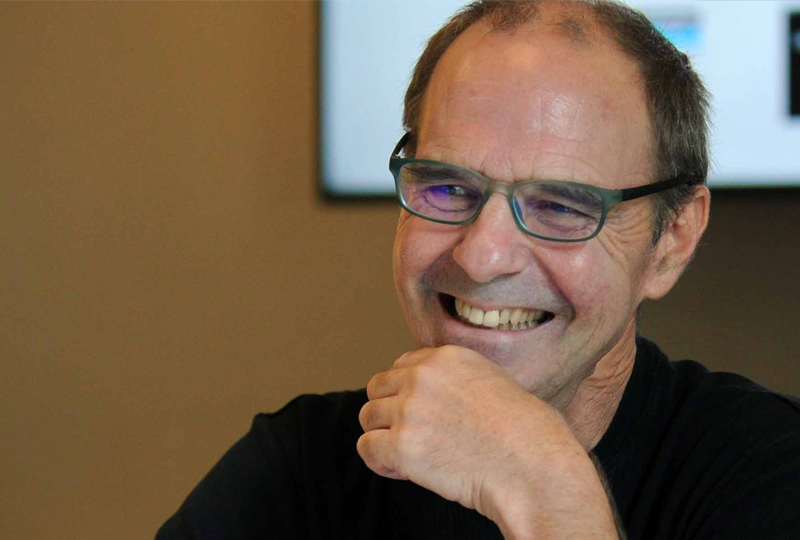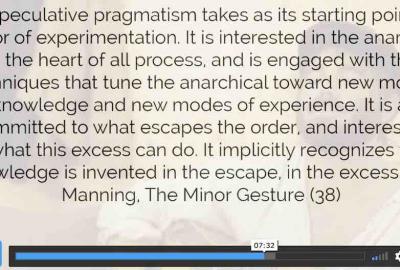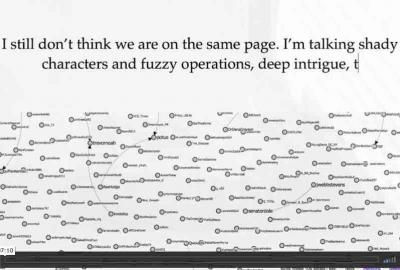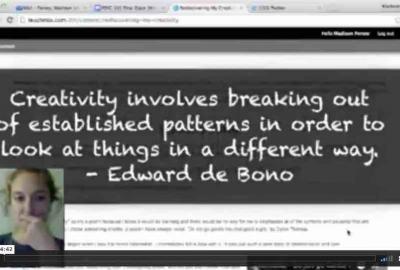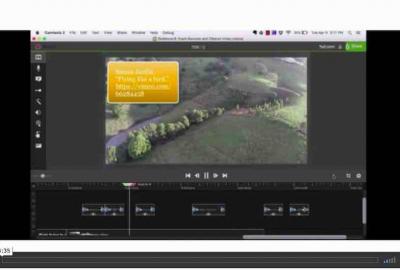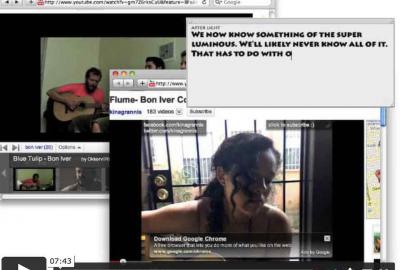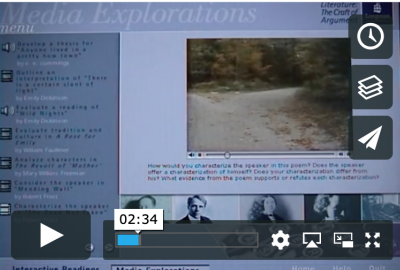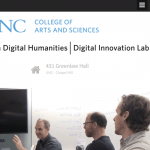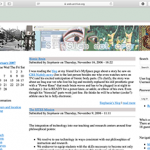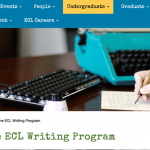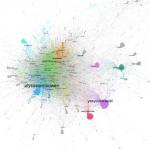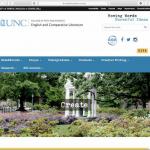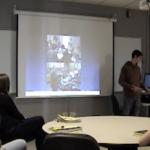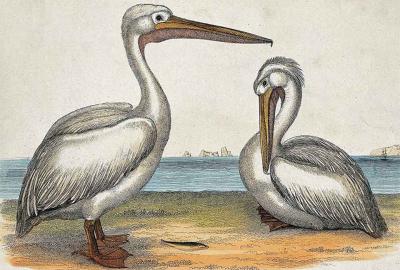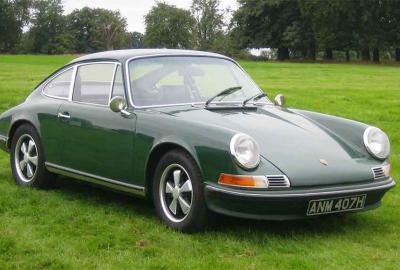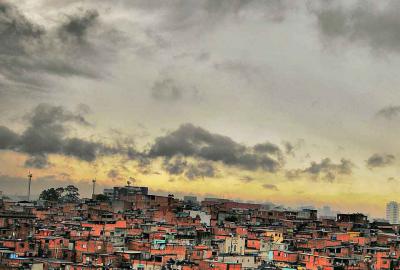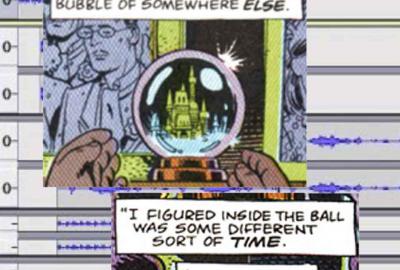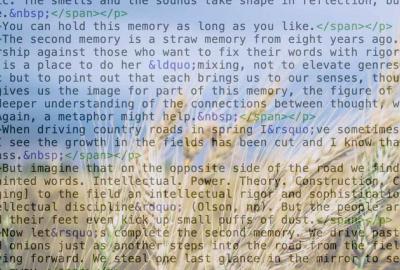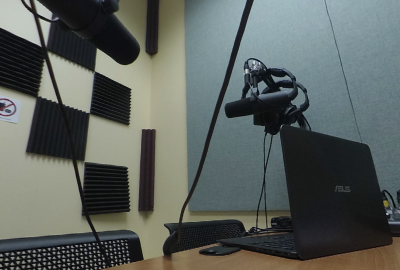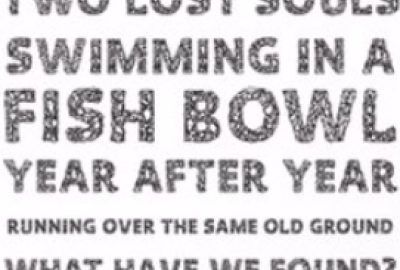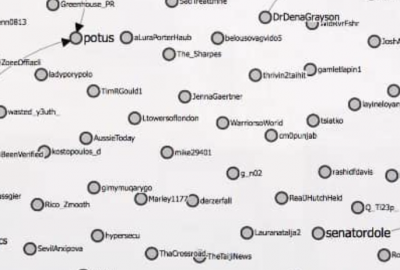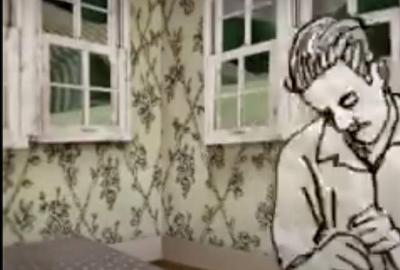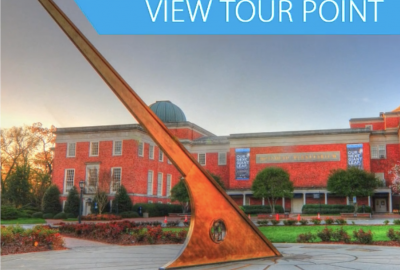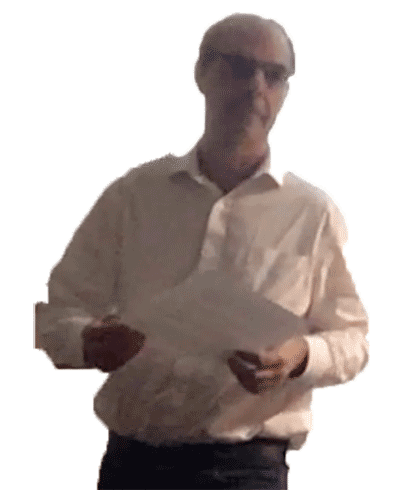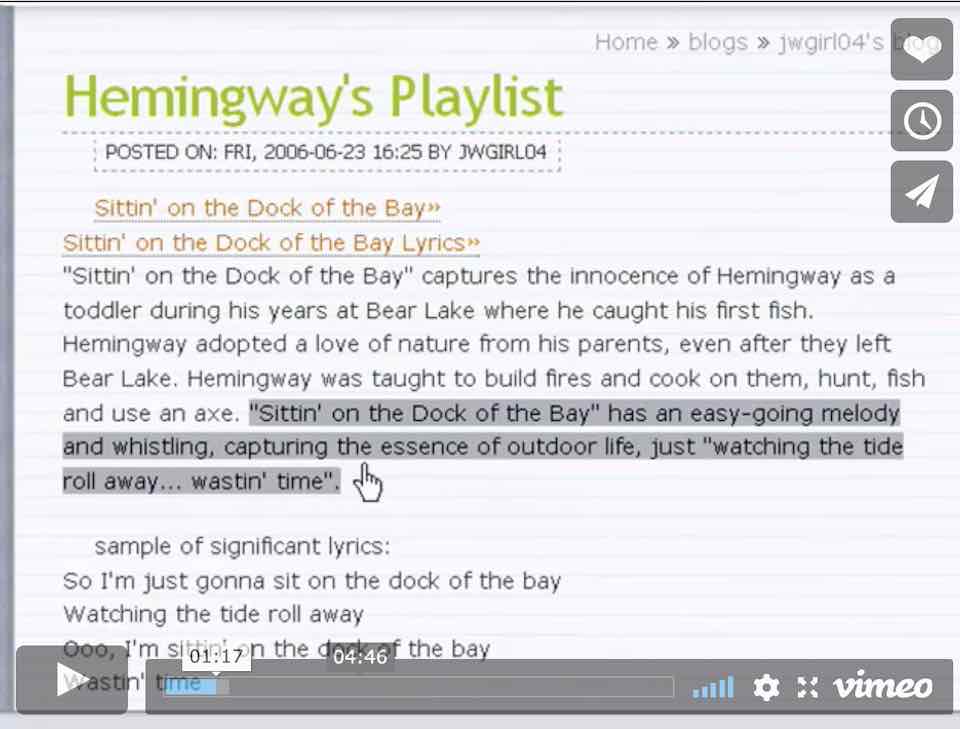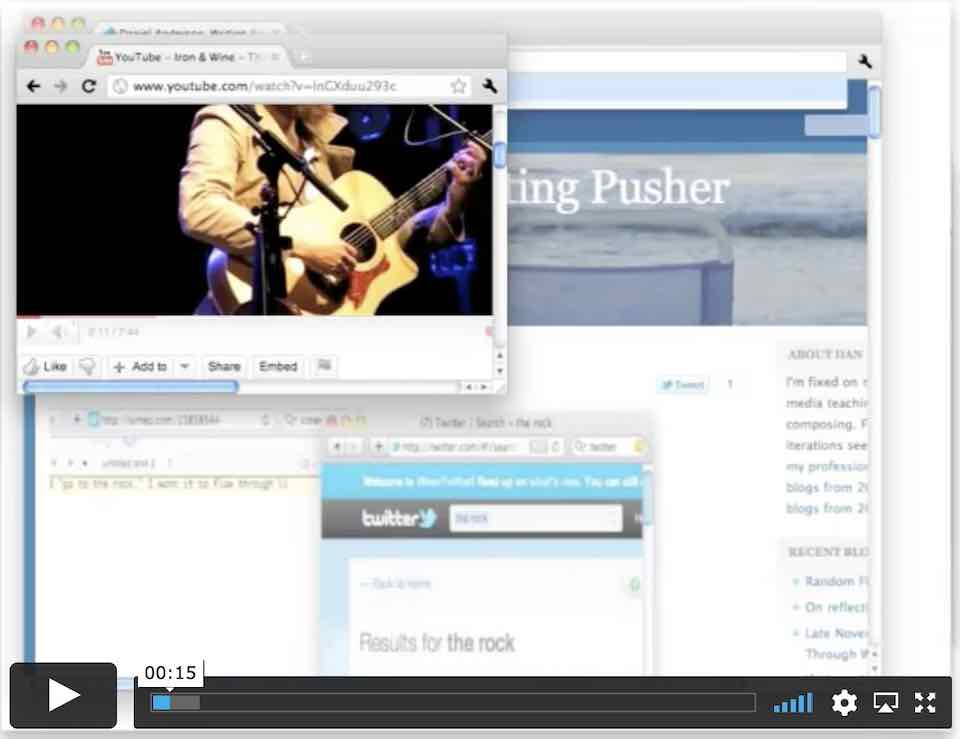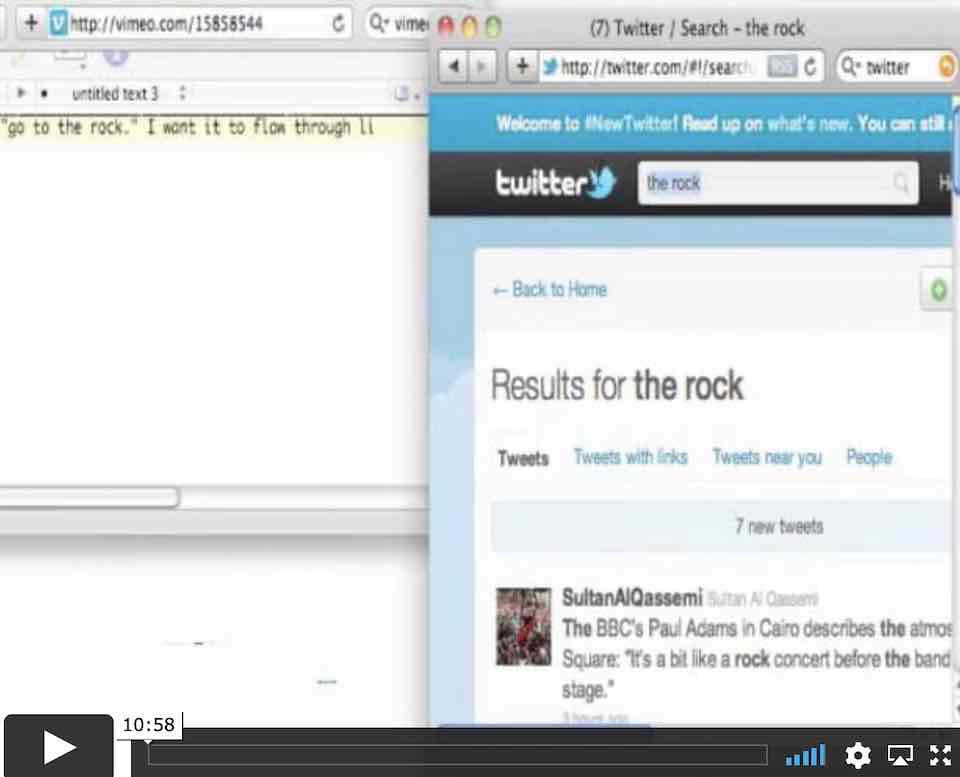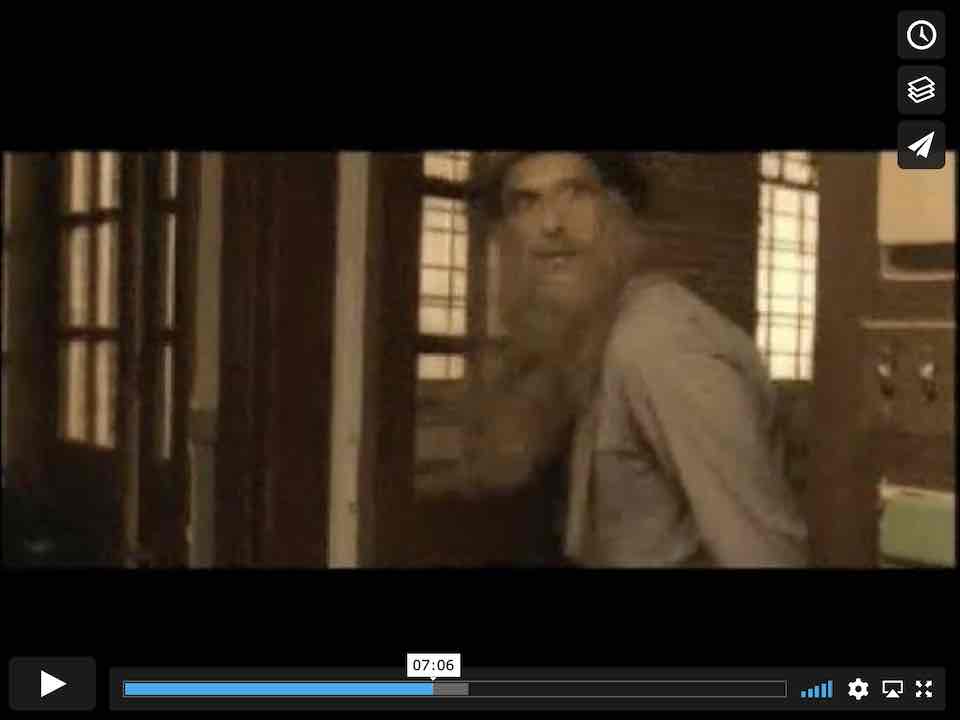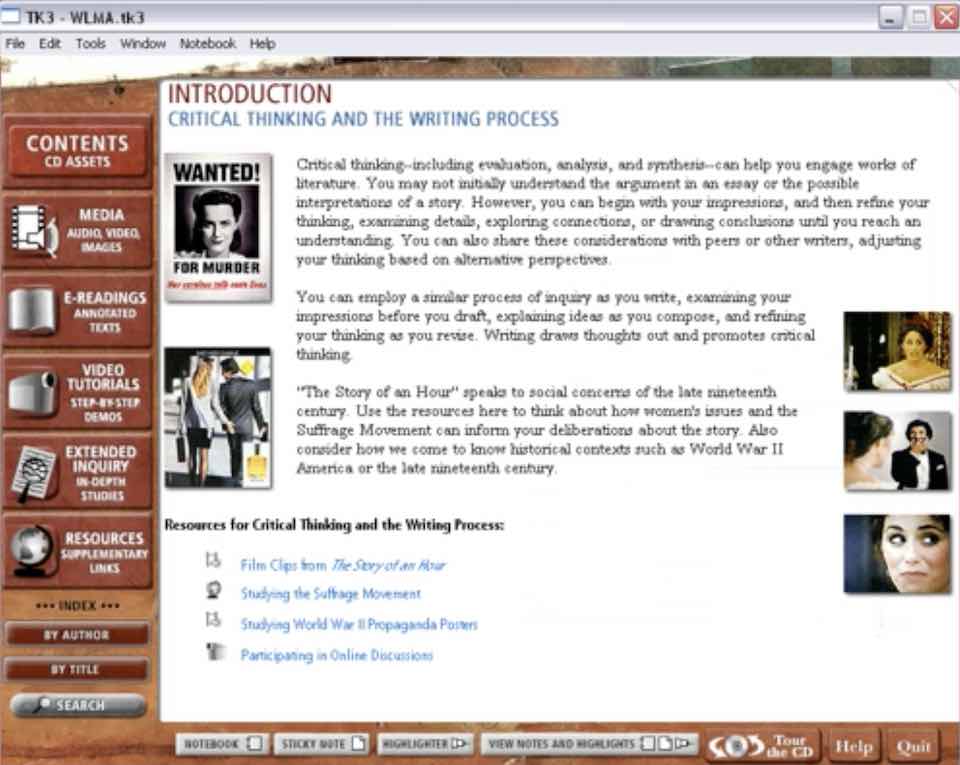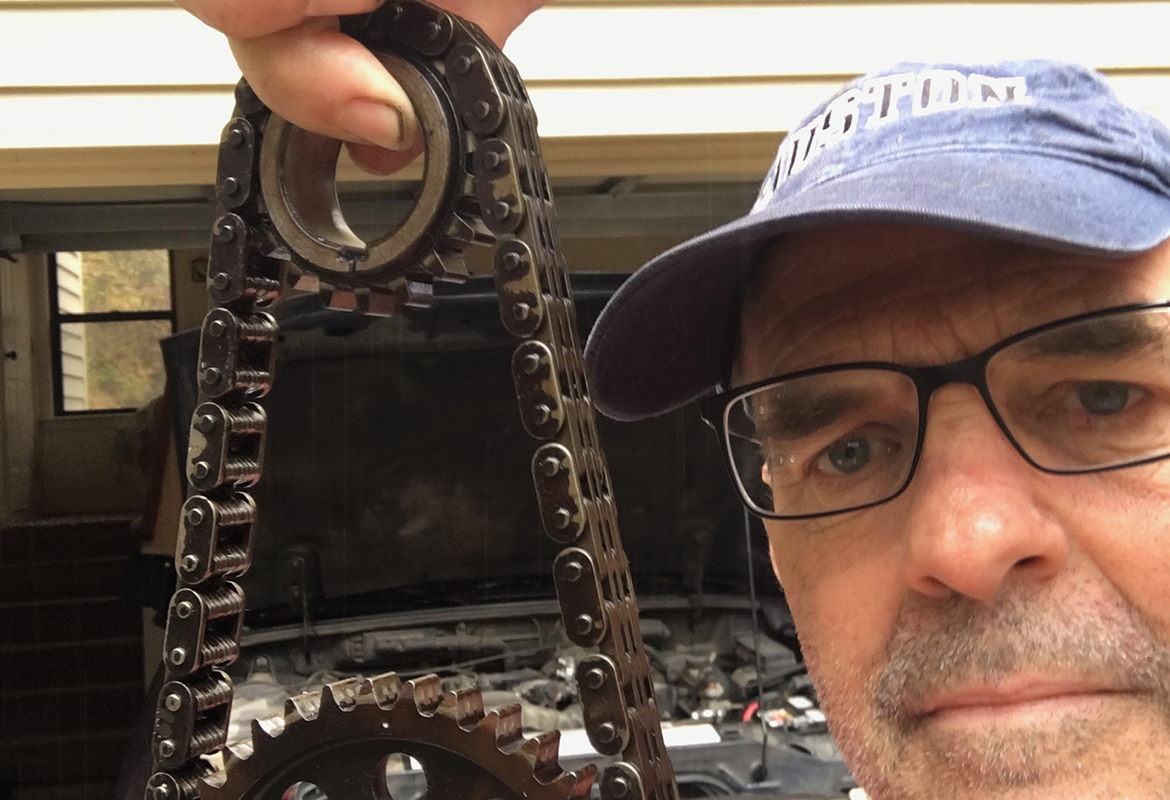
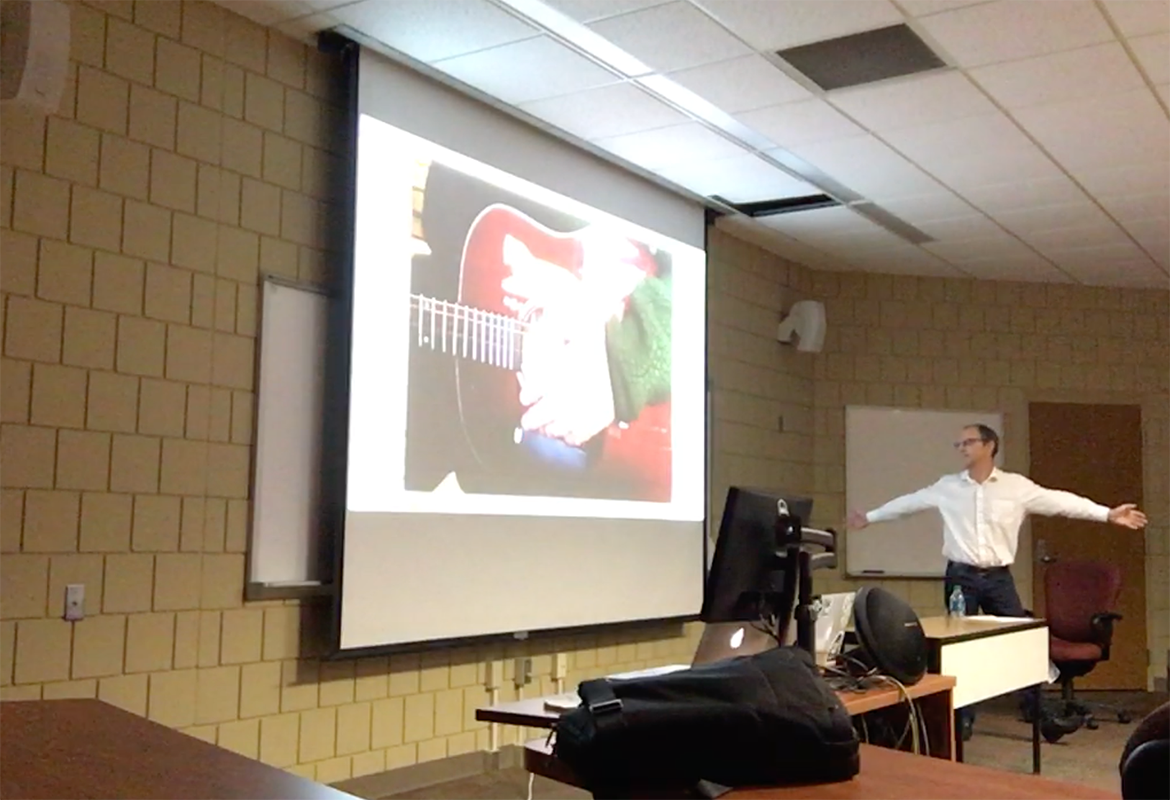
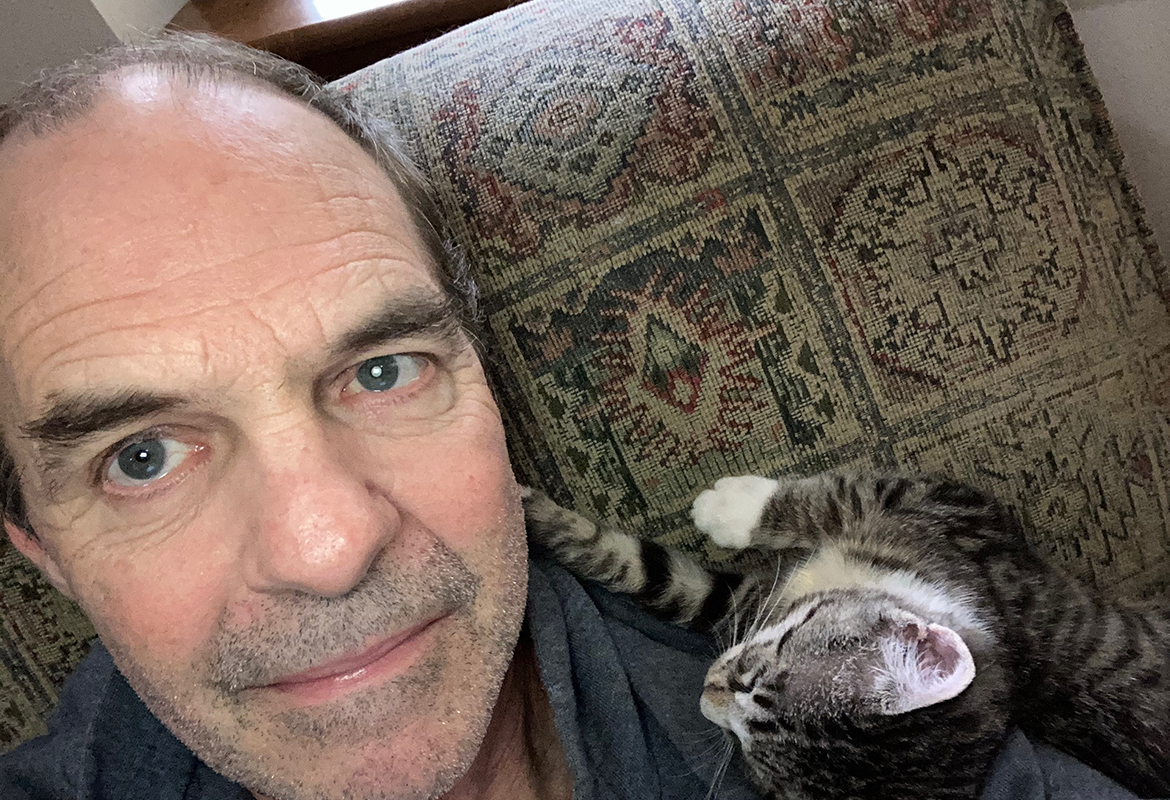
For the past three decades, I have been growing as my interests in literature and writing have come together with digital technologies. Many artifacts of that journey are woven into this site. You can read more using the tabs below.
I received a Bachelor’s degree in English from the University of New Mexico, working closely with Professor Michael Fisher and studying literary criticism and Romantic poetry. I moved on to the University of Texas at Austin where I began my graduate career with the intent of studying twentieth-century American poetry.
My path was soon altered, however, when I met John Slatin at UT’s Computer Writing and Research Lab (CWRL). Under John’s mentorship, I learned the fine art of tweaking teaching by applying technical patches. My early years in the CWRL focused on using HyperCard and StorySpace in first year writing classes and on the network spaces of MUDs and IRCs.
Early projects included the creation of Written Argumentation, a program designed to help students learn the Toulmin method of argumentation. I also developed Media Note, a stand-alone HyperCard node-linking program that allowed students to create new pages, embed multimedia elements, and then create hyperlinks between pages. I used this program in several classes and translated some of the thinking that resulted into a reflection composed for a space that was newly emerging: The World Wide Web.
My Web development began in earnest in 1994. A First Year Writing Course conducted on the Web was my first foray into teaching heavily filtered through Internet spaces. These years were also marked by extensive development of scripts used to extend the functionality of the Web. Working collaboratively in the CWRL, I developed scripts and numerous teaching and publication sites built around making the Web writable using forum, link-exchange, and annotation scripts.
This work culminated with the development of the WORP (Women of the Romantic Period) hypertext. WORP used annotatable Web pages as the basis for developing a pedagogy centered on textual recovery. Working in the Harry Ransom Crowe manuscript library, students would identify and digitize non-canonical works (mostly written by women), integrate those works into the WORP platform, and then use the annotation functionality to perform editorial work on the texts. The design, informing pedagogy, and implications of the project formed the basis of my dissertation as well as a Web text reporting on the project.
In 1997, I moved to the University of North Carolina and began working again with a wonderful mentor, Erika Lindemann. I complemented my focus on instructional technology with a deeper sense of the currents flowing through writing programs and of the conversations taking place in the fields of rhetoric and composition. To this end, I built a set of Web tools (The Courseware and Instructional Technology Exchange) to be deployed by instructors teaching composition courses, including the paper review platform. The platform used annotation technologies and Web access to facilitate the sharing and social markup of student drafts. The platform won a McGraw Hill Technology Product Design competition and precipitated a good deal of thinking about how online spaces influence writing instruction.
Upon arriving at UNC, I also established the Studio for Instructional Technology and English Studies (SITES). SITES provides instructors in the Department of English and Comparative Literature with opportunities and support as they integrate technologies into their teaching. Early SITES efforts centered around responding the UNC’s decision to become a required-laptop campus. I focused on issues of classroom design and the transformations afforded by the then-emerging technologies of mobile computing and wireless Internet.
Building upon the ubiquity of laptop access and standard software loads at UNC, I turned my focus to prosumer paradigms for new media composition. Operating from the premise that standard issue laptops and bundled programs could be used to create visual, audio, and video projects with acceptable production qualities, I looked closely at ways that access to these modes of composing created opportunities for developing new literacies.
Using freely available technologies, students could compose images and engage concerns of visual rhetoric. They could learn the moves involved in creating timeline-based compositions. They could develop skills in working with interview materials and writing narratives to be delivered with the spoken voice. These new media literacies provided the added benefit of sheding new light on familiar modes of composing as students considered print analogues to multimedia structures and processes like layers, zoom tools, cropping, and fading. In 2003 I published Prosumer Approaches to New Media Composition, a multimedia examination of this pedagogical response to ubiquitous computing.
Much of my work has also focused on the ways social networks are reshaping the fields of composition and instructional technology. The development of Web spaces like flickr represents an extension of the prosumer movements made possible by user-friendly software and the spread of affordable hardware. The prosumer mode of composing made possible the massive creation of new media texts. The latests developments of the Web have brought the prosumer paradigm to the distribution of these texts. Instructional technology offers a means of capitalizing on all of these movements. I’ve been intently studying and practicing the development of open source content management systems (CMS) for class use.
These platforms further extend students' abilities to create and distribute new media texts. And these systems bring into sharp relief the social dimensions of learning. Building collaborative communities using CMS social networking features enacts best practices in de-centered teaching. These spaces, combined with prosumer approaches can create a synergy that translates into student engagement and authentic learning. The culmination of these efforts can be seen in the PITJournal and the Computers and Writing Conference Web sites. These projects blend crowdsourcing paradigms with best practices in composition instruction to deploy a model of collaboration called peersourcing.
My current projects move in two directions. I'm heavily invested in digital humanities initiatives at UNC-Chapel Hill. Directing the Digital Innovation Lab allows me to experiment with programs aimed at transforming education with the help of digital disruptions. Much of this work also involves pushing for responsible approaches to data studies. I'm particularly focused on the ways that humanists can provide correctives that emphasize the human and social impacts of data science.
And I continue to explore the boundaries of digital composing. Much of my latest work centers on craft aesthetics and alternative modes of scholarship. My online videos demonstrate a good deal of this composing. My forthcoming e-book, Video Scholarship and Screen Composing deploys screen performances and captures to theorize and explore modes of digital composing.
